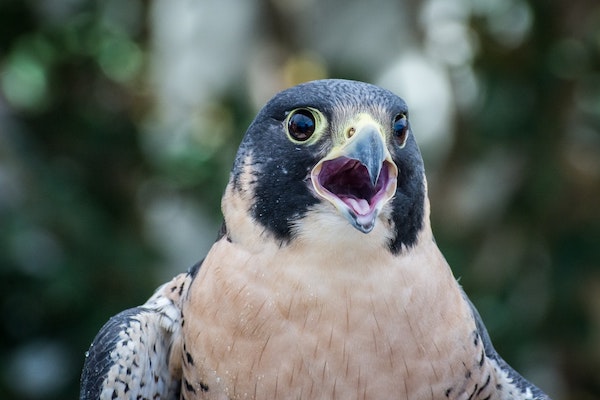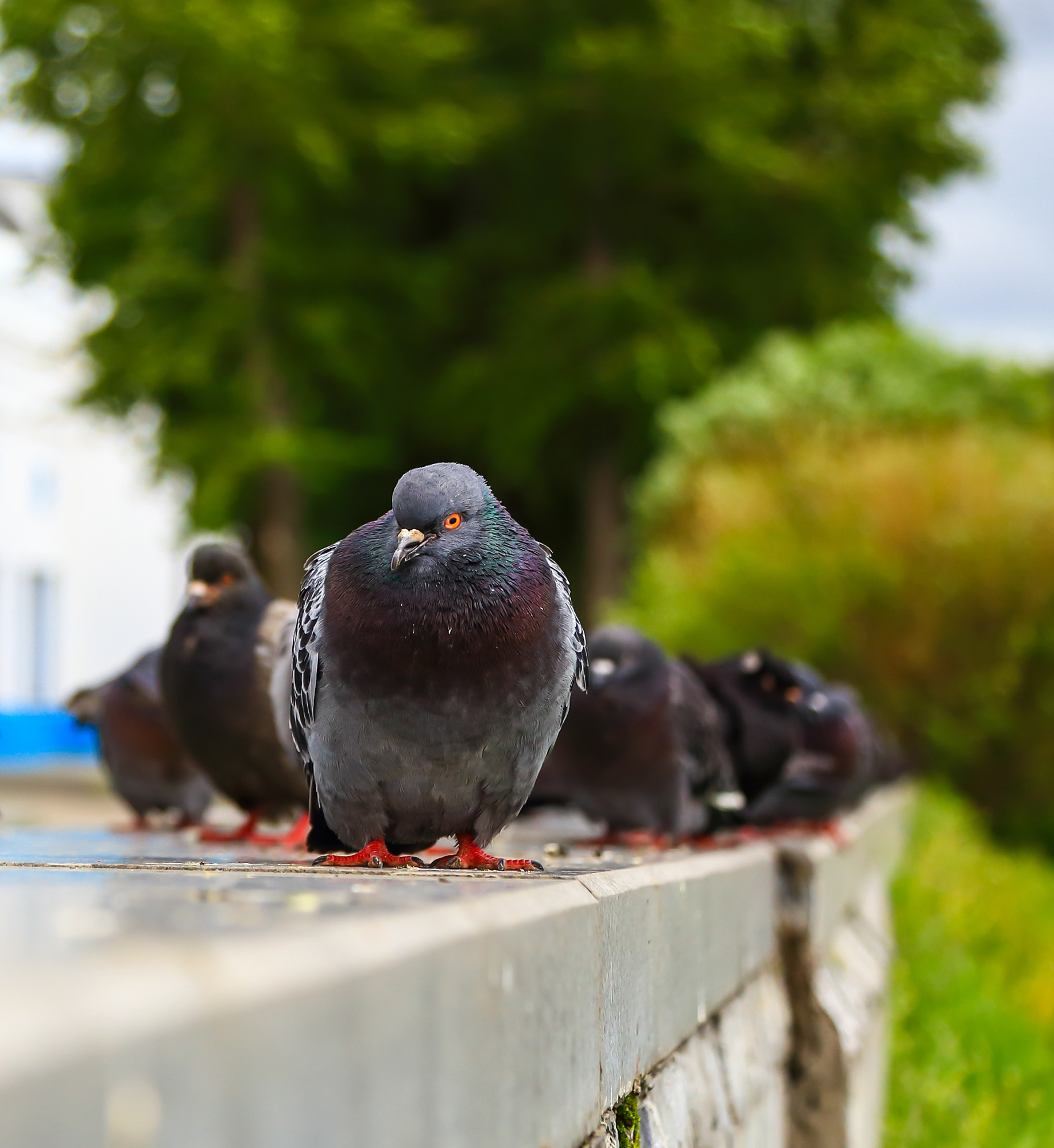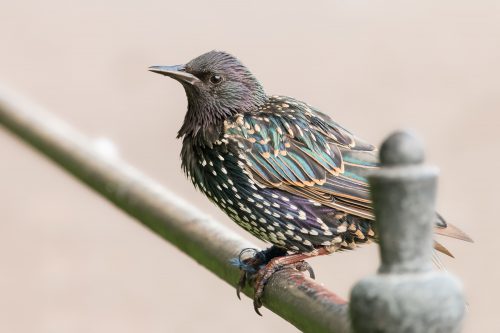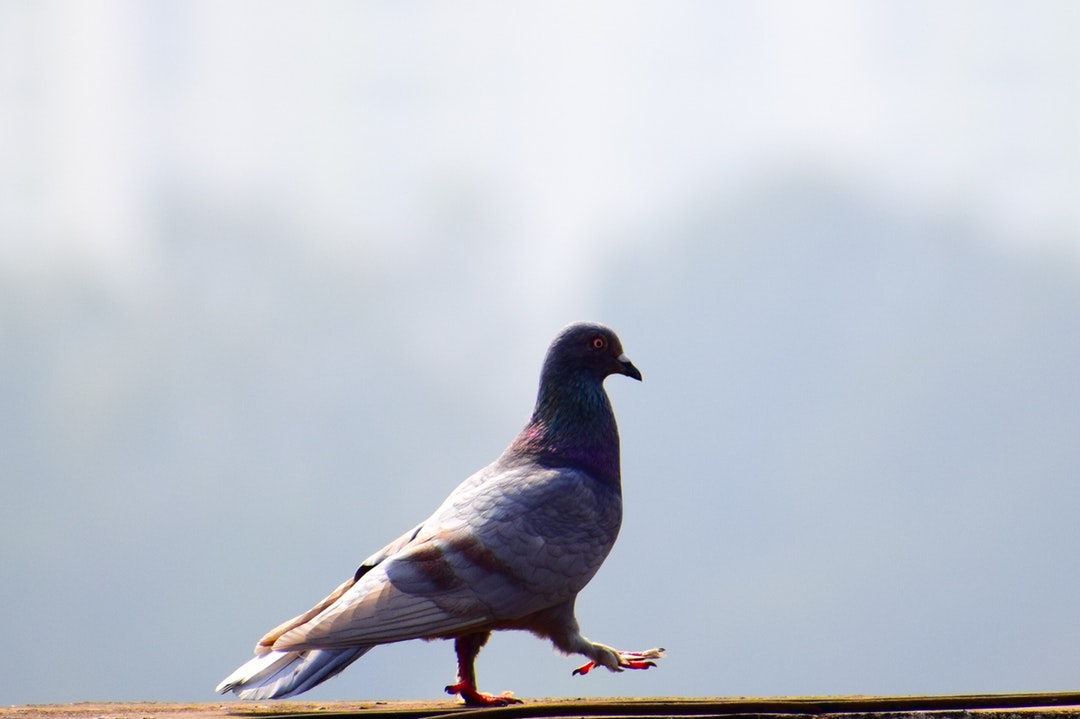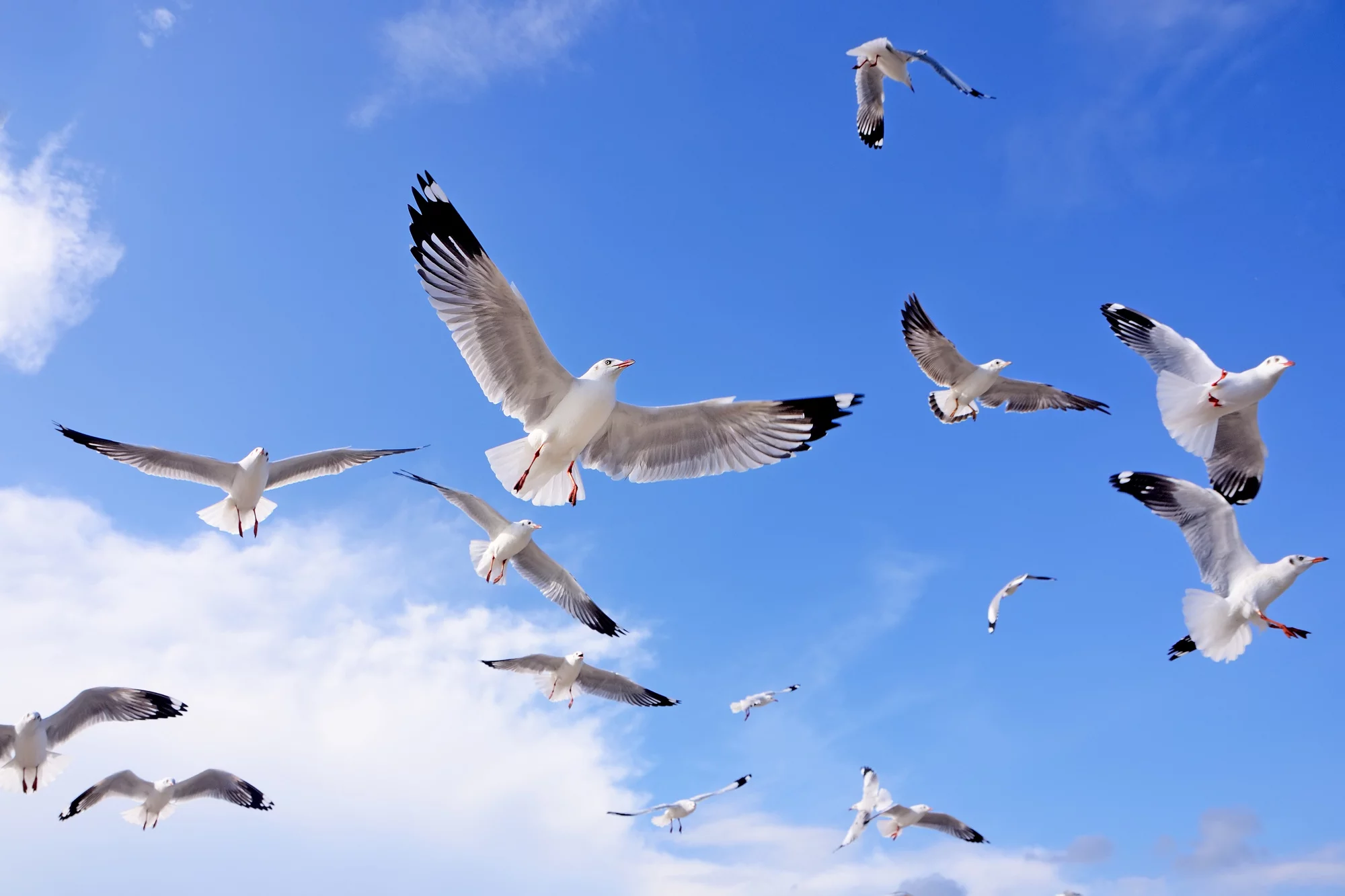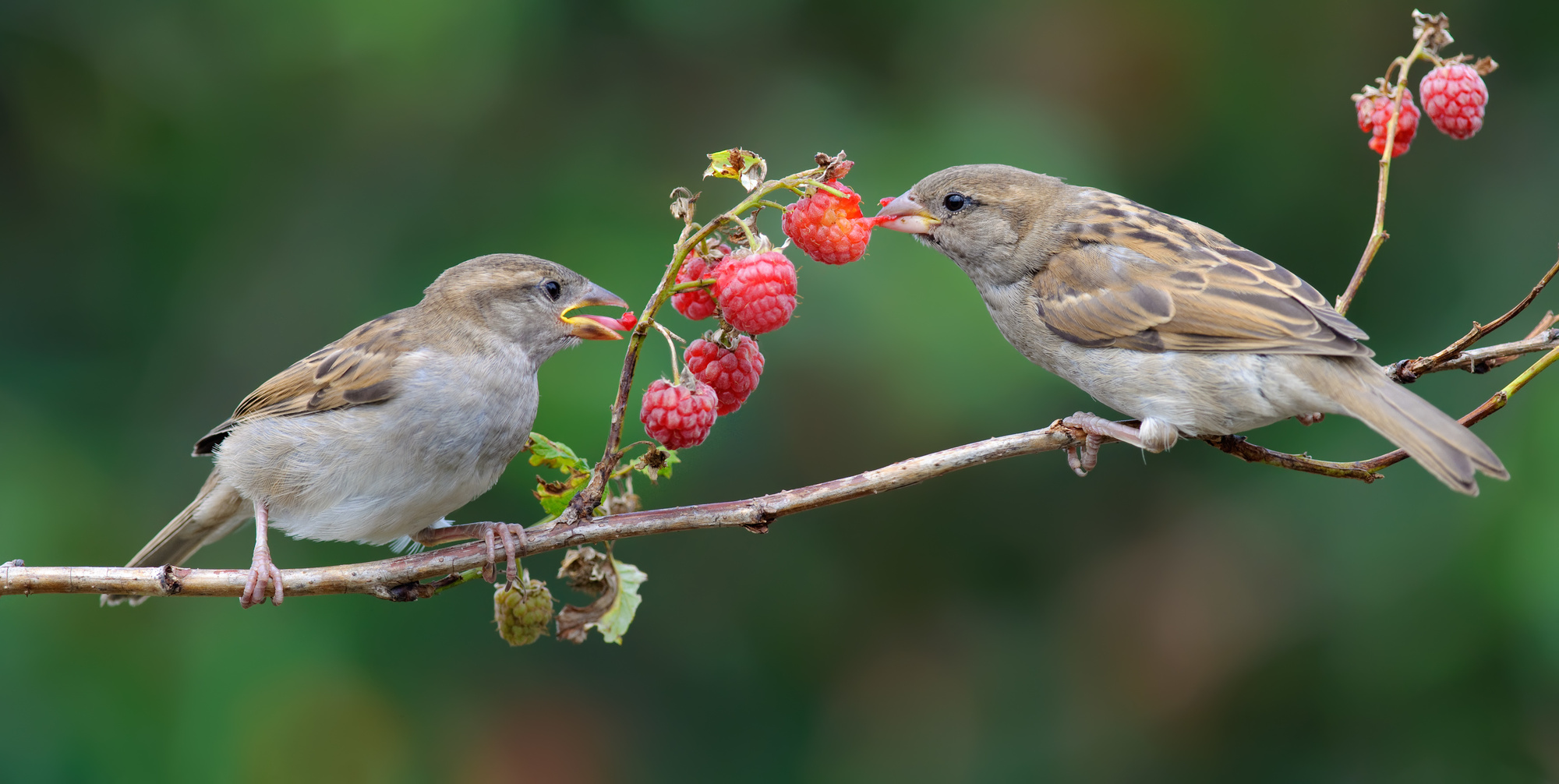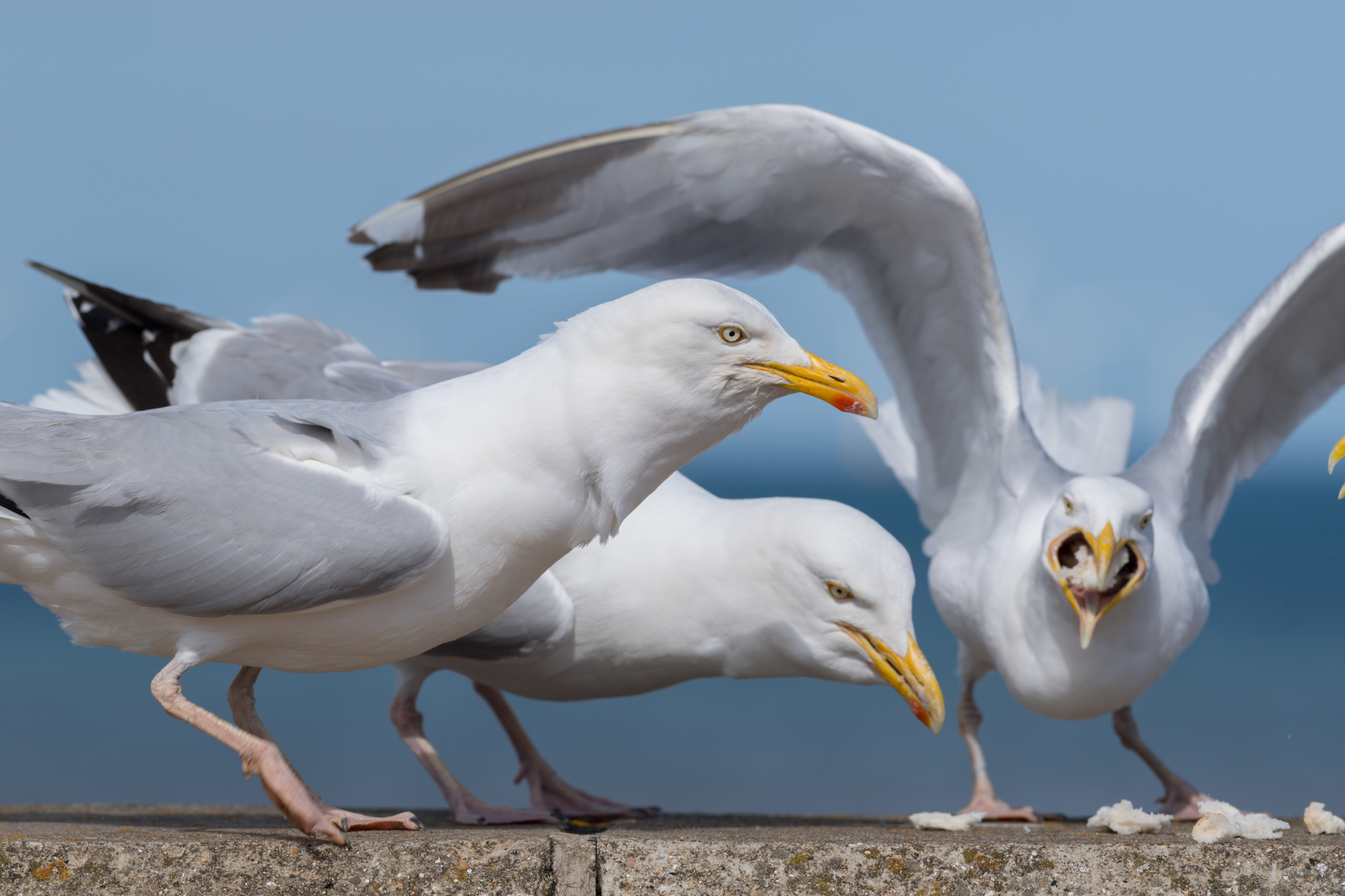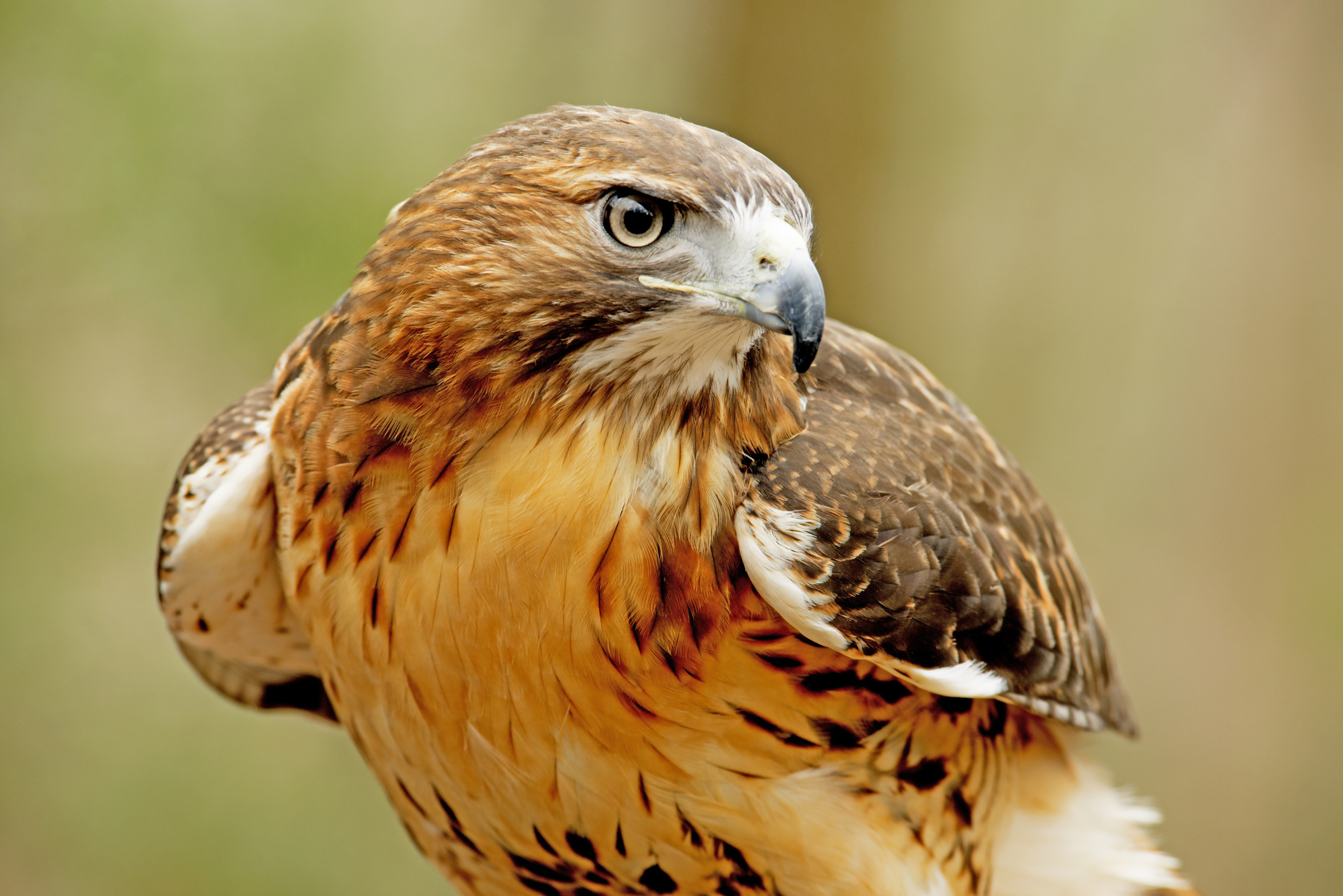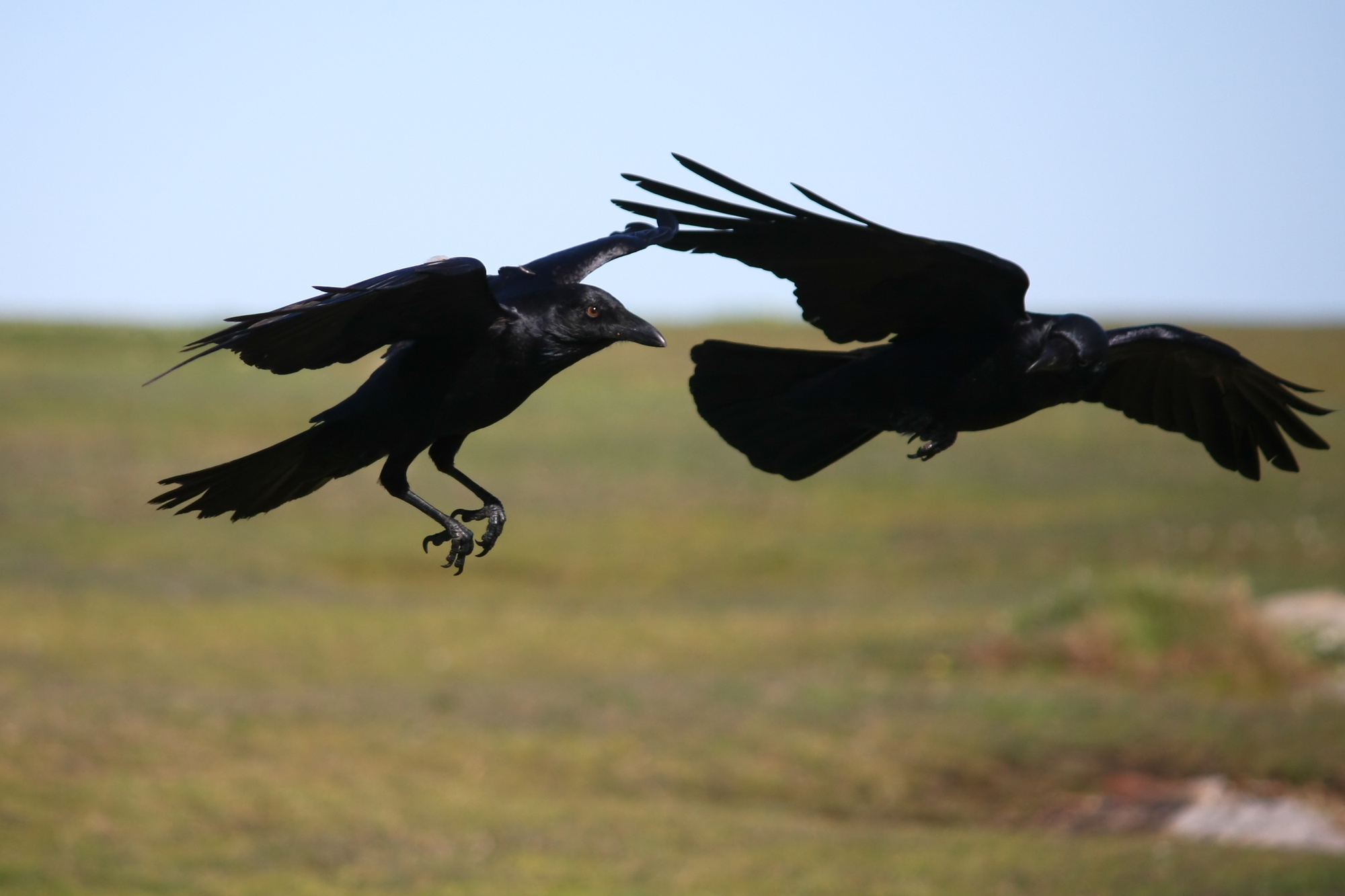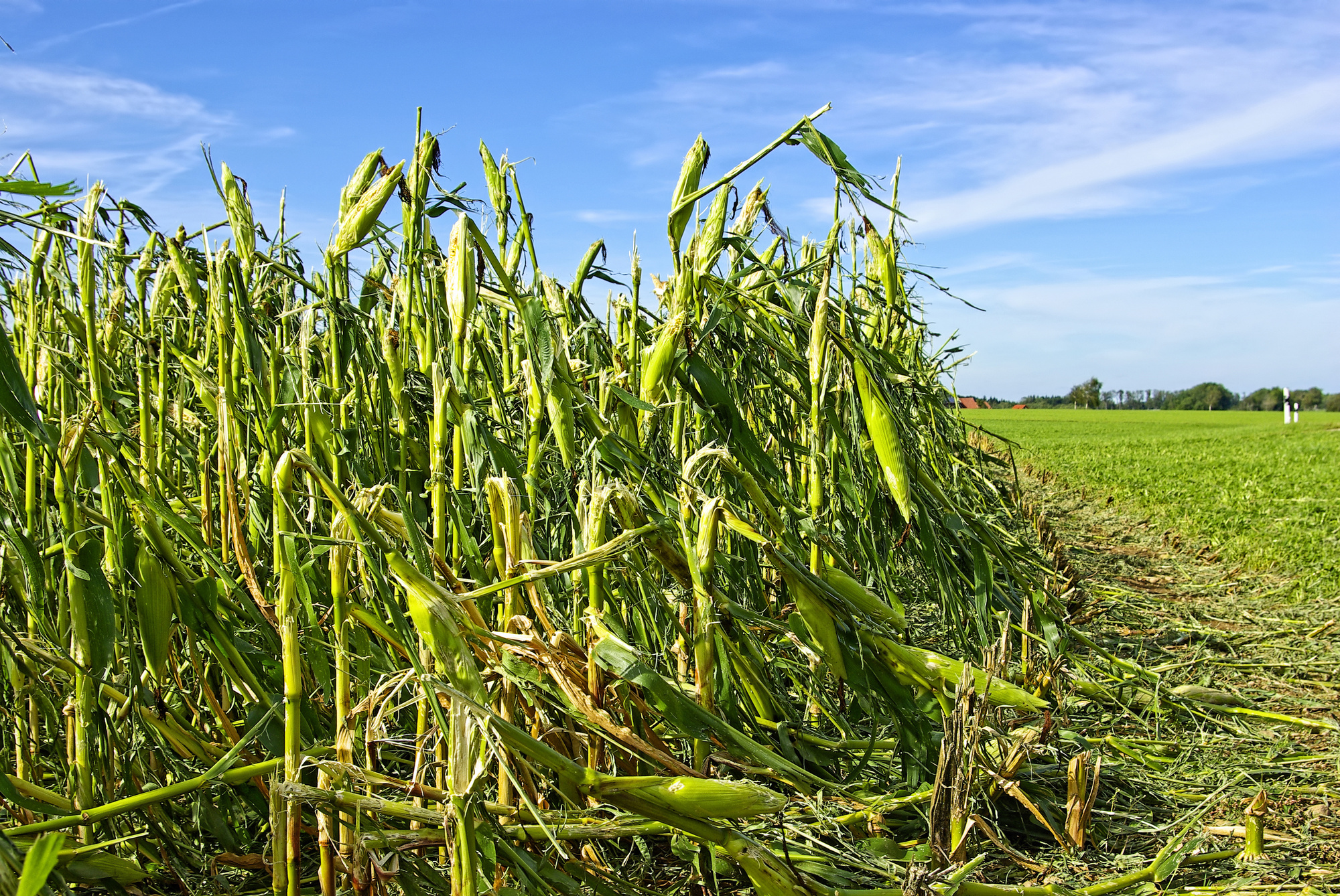Despite a sharp decline in their population, there are still about 10 billion birds living in North America alone.
Birds play an important role in our ecosystem; they pollinate plants, distribute seeds, and eat harmful insects.
But birds in the wrong places can cause a nuisance. Too many birds flocking around your community parks and gardens can cause a lot of noise, to say nothing about an unhygienic mess.
If you’re considering trying a bird deterrent, then read on as we take a look at some of the best (and worst) available.
Physical Bird Deterrents
Physical bird deterrents are designed to stop unwanted birds from accessing a specific area.
The intent is to stop them landing which encourages them to move to another location. This is usually done through the use of spikes, wires, or nets which will discourage or physically block the bird from landing.
This type of deterrent is ideal for flat surfaces such as window ledges and walls. But for an open space like a park or garden, they are a poor choice. Not only is there too much open area to use them effectively, but the spikes and nets can also be a hazard to people using the area.
Audible Bird Deterrents
Audible bird deterrents make use of sound to discourage birds from the treated area.
They are designed either to mimic the sound of natural predators or emit noises that the birds find uncomfortable to hear. They are intended for use in large open spaces.
The trouble with these types of deterrents is that a bird’s hearing is very similar to our own. So a sound that is annoying to a bird will also be very annoying to a human. Some companies offer high-frequency devices, but in order for them to be effective for birds, they are still in a range that is audible to many people.
Visual Bird Deterrents
Visual bird deterrents work by frightening birds away from areas where they are unwanted.
These deterrents make use of features that trigger fear in the birds. This may be by replicating the features of a predator, or by using shiny or reflective materials. The birds see the deterrent and flee the protected area.
Visual deterrents take many forms. They can be as simple as a shiny reflective hanging, or as detailed as a realistic coyote. Some of the most effective visual deterrents are those which mimic birds of prey, as the unwanted birds know that they cannot fly to safety as they would from a land predator.
Visual bird deterrents are ideal for use in outdoor areas such as parks and gardens. They are a low-cost and effective solution that can reduce a bird problem without causing any physical harm.
Are You Looking for a Safe and Effective Bird Deterrent?
If you’re looking for a bird deterrent that is a safe, easy, and effective way to chase away pest birds, then look no further.
The Falcon FrightKite works by playing on other birds’ natural fear of birds of prey. You can actually witness other birds flying off in terror when the spot the FrightKite soaring high in the sky. And what’s more, the FrightKite is completely self-flying in winds from 2-25 mph.
If you’re looking for a proven deterrent that is still bird-friendly, then please don’t hesitate to get in touch.

